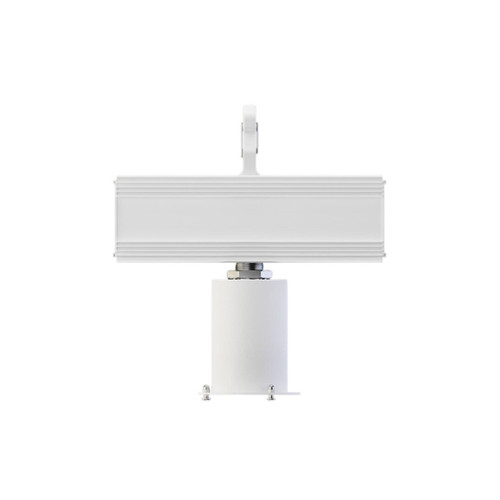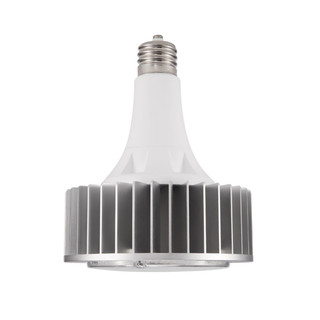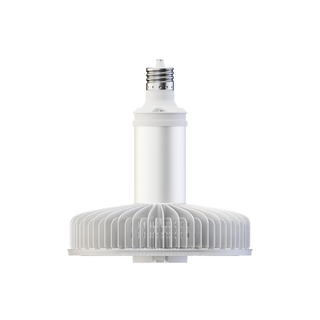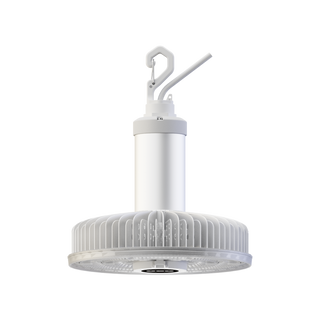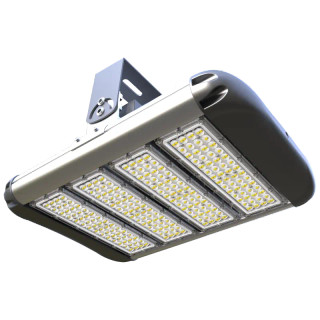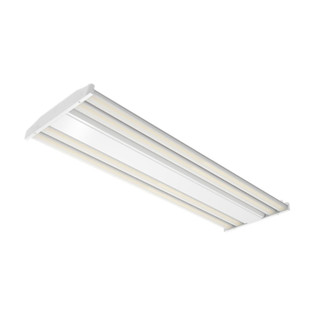-

OEO EZ LED Super Hybrid Lamp - 400W Metal Halide Replacement - Ballast Compatible AND Ballast Bypass (Type A/B) | One Product, Two Options!
View Product- Powered By: 120-277V or Operable Ballast
- Wattage: 105W | 150W | 165W options
- Lumens: 15,000LM | 20,000LM | 25,000LM options
- Color Temperature: 4000K or 5000K
-

OEO EZ LED (Ultra Series) - Direct Replacement LED for 175W to 400W Metal Halide
View Product$199.00 - $219.00- Powered By: Operable Ballast
- Wattage: 63W to 170W
- Lumens: 8,500LM to 25,000LM
- Color Temperature: 5000K
-
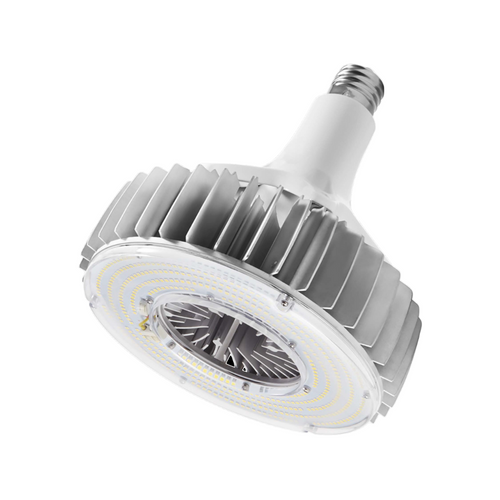
OEO EZ LED VHO 1K - Very High Output | 1,000W equivalent LED | Ballast Compatible, Type A | 5000K Lamp
View Product$395.00- Powered By: Operable Metal Halide Ballast
- Wattage: 190W to 250W
- Lumens: 27,700LM to 37,000LM
- Color Temperature: 5000K
-

- Powered By: 120-277V
- Wattage: 60W | 100W | 140W options
- Lumens: 9,000LM | 13,000LM | 20,000LM
- Color Temperature: 5000K
-

OEO EZ LED - Super Mini | Ballast Compatible AND Ballast Bypass | Replaces 100W-250W Metal Halide / HPS
View Product$135.00 - $145.00- Powered By: 110-277V or Operable Ballast
- Wattage: 28W | 45W
- Lumens: 4,000 LM | 7,000 LM
-
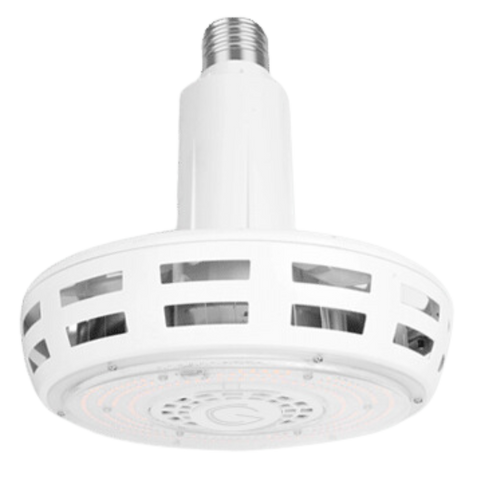
CLOSEOUT SPECIAL - High Bay Retrofit Lamp (Green Creative): 400W MH Replacement | 4000K | 120W | 18,000 Lumens
View ProductWas: $109.00Now: $50.00- Powered By: 120-277V
- Wattage: 120W
- Lumens: 18,000LM
- Color Temperature: 4000K
-

LED Corncob, HID Replacement Lamp (Sylvania Ultra LED) - Lumen Adjustable, 120W Max, 17500 Lumen Max, 5000K
View Product$90.00- Powered By: 120-277V
- Wattage: Selectable | 120W Max
- Lumens: Adjustable | 17,500LM Max
- Color Temperature: 5000K
-

T5HO LED 4FT Tube - 25 Watts, 3500 Lumens, 5000K Color Temp, Type A (Operates With Ballast), Case of 25
View ProductWas: $ 12.00 eachNow: $ 10.50 each- Powered By: Operable Ballast
- Wattage: 25W
- Lumens: 3,500LM
- Color Temperature: 5000K
-

T5HO LED 4FT Tube - 25 Watts, 3500 Lumens, 5000K Color Temp, Type B (Operates Without Ballast), Case of 25
View ProductWas: $ 13.00 eachNow: $ 10.50 each- Powered By: 110-277V
- Wattage: 25W
- Lumens: 3,500 LM
- Color Temperature: 5000K
-
